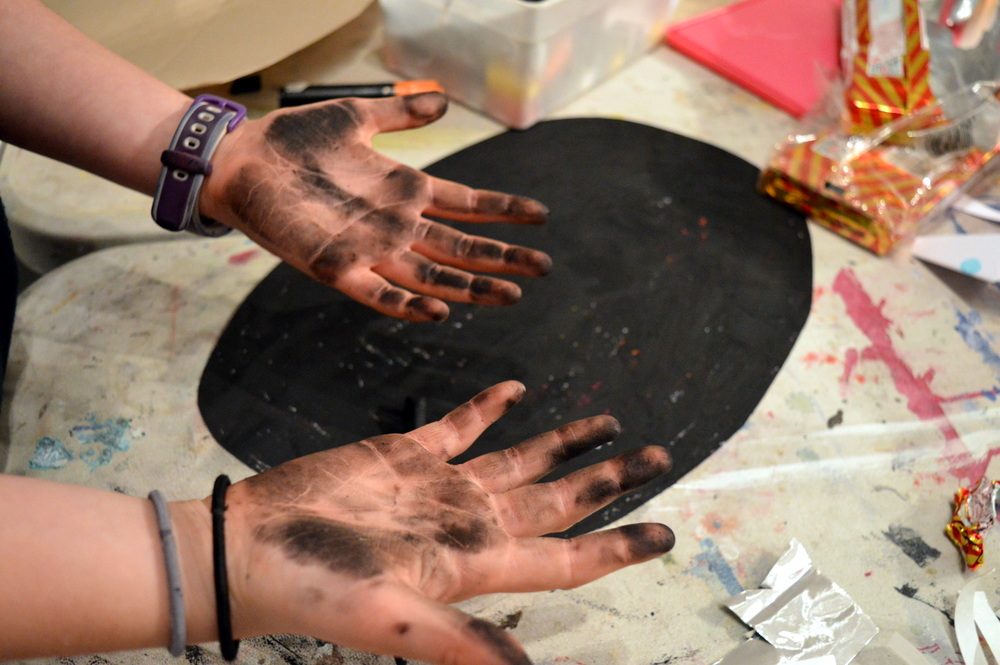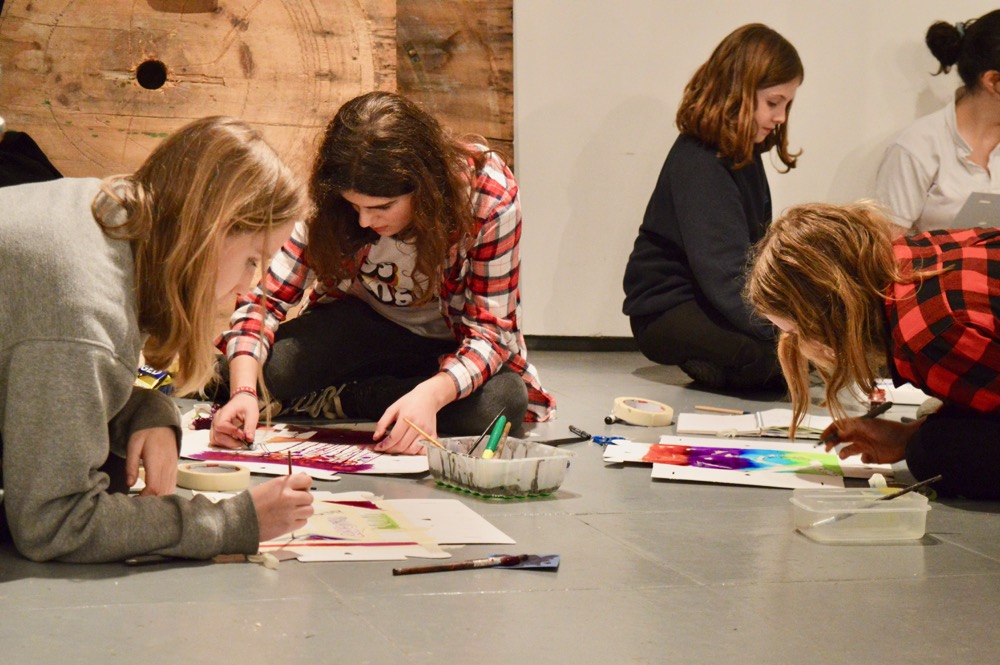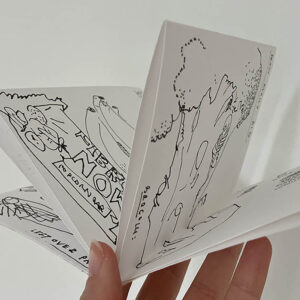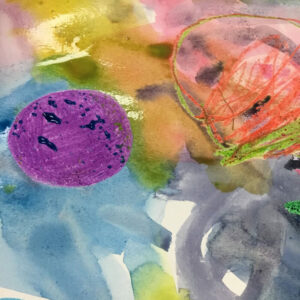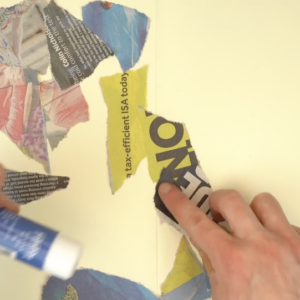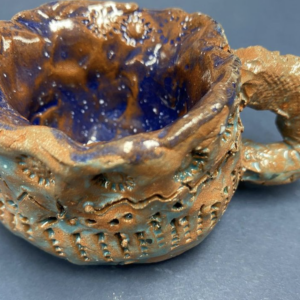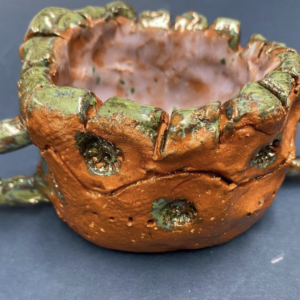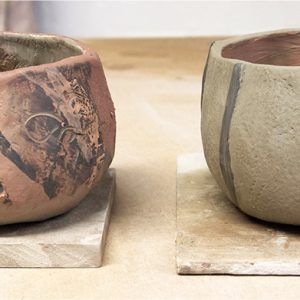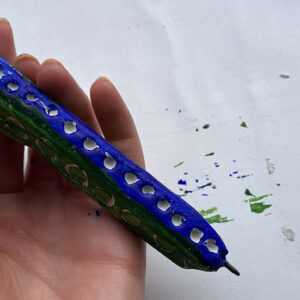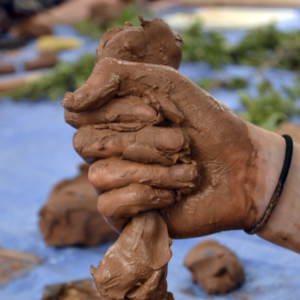By David Allen.
In this Drama and Art series, teacher and Associate Professor David Allen explains the different ways in which drama and art intersect, and how the two subjects can be taught together to foster skills in creative thinking, communication as well as nurture an awareness and appreciation of art.
David has worked in primary schools for over twenty years as a teacher, senior leader and Deputy Head teacher. He now works part time as an Associate Professor in Learning and Teaching at The University of Hertfordshire.
Drama Activity 4: Spontaneous Role Play
Before I embark on a spontaneous role play activity, I hold an art conversation with the children to give them an opportunity to discuss the painting and to notice as much as possible. As a result, when the children go into role, they are more likely to fully embody the characters and the scenes will have more substance. As with the art conversation, we are empowering the children to step into the painting, or maybe the characters are stepping out of the image and into the classroom to deliver a three-dimensional interpretation.
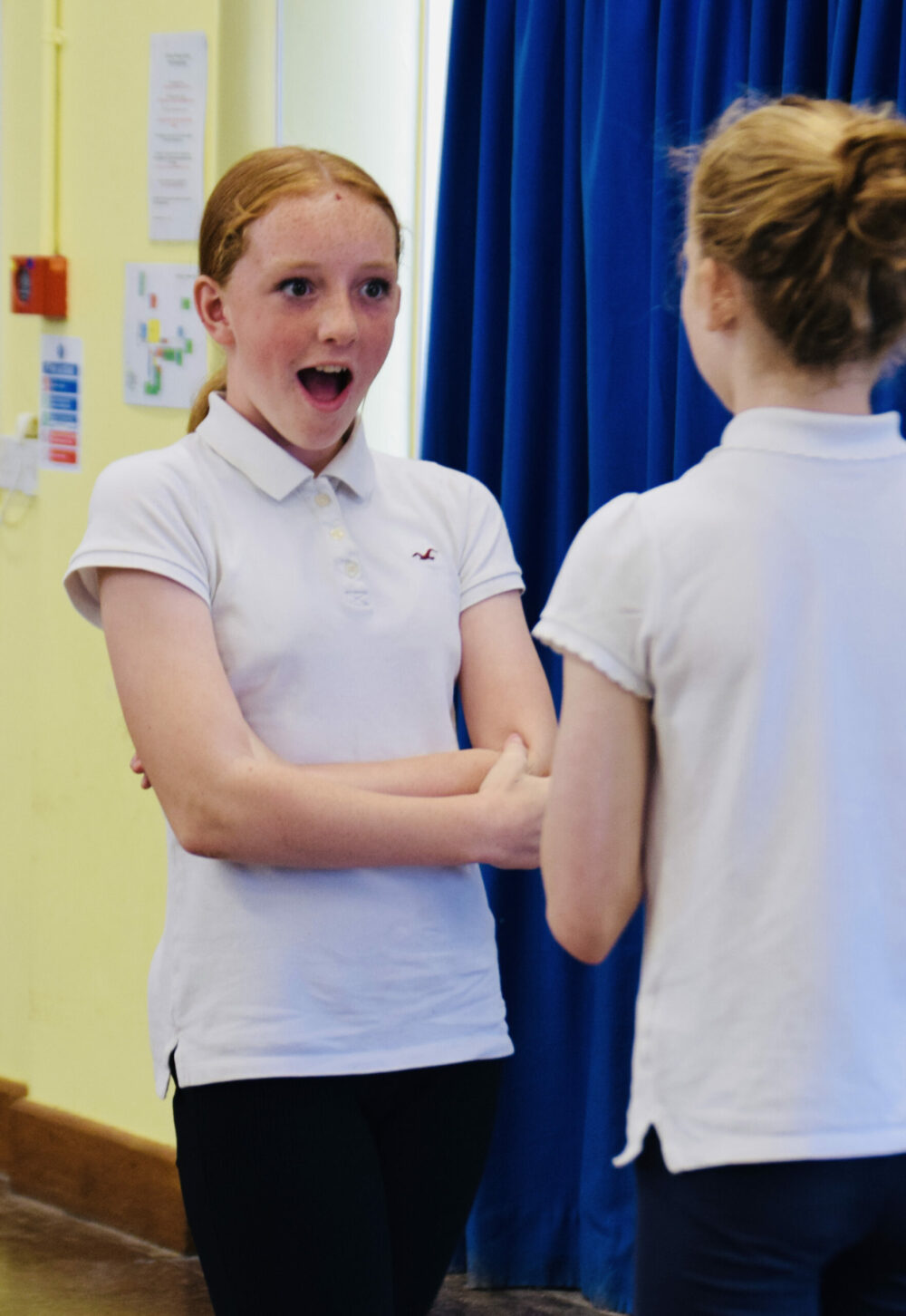
To access all content, I would like to join as…
AccessArt is a UK Charity and we believe everyone has the right to be creative. AccessArt provides inspiration to help us all reach our creative potential.
